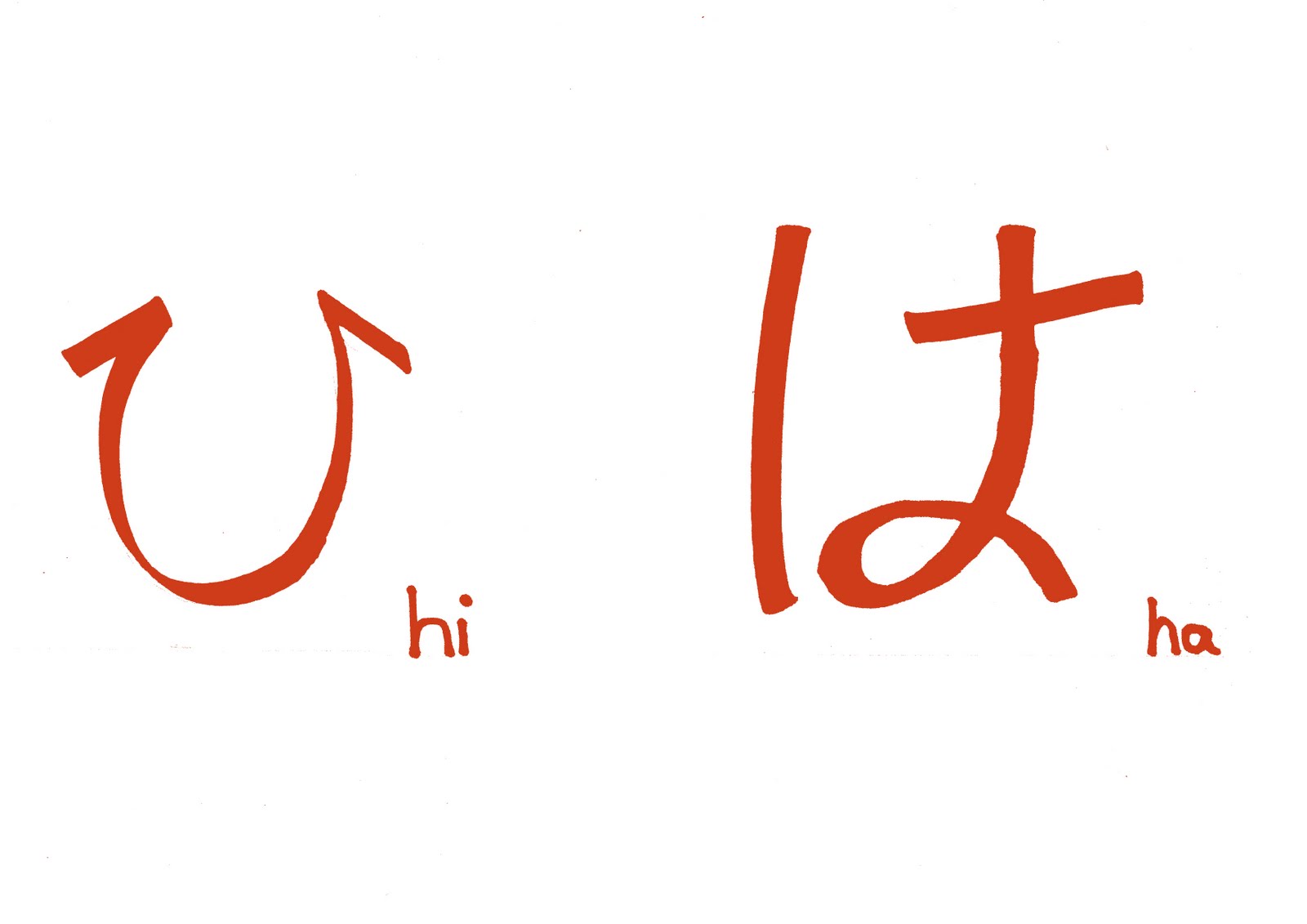When it comes to greeting people, every culture has its unique way of saying "hello." In Japan, the expression is not merely a word; it embodies the spirit of respect and connection that is central to the culture. Understanding how to say "hi in Japanese" opens the door to deeper interactions with the Japanese people and gives you a glimpse into their rich linguistic heritage. In a world that's increasingly interconnected, learning how to greet someone in their native language is a small yet significant step towards building rapport. It shows appreciation and respect for their culture, and it can create memorable moments in your travels or interactions with Japanese speakers.
In Japanese, there are several ways to say "hi," depending on the context and the person you are addressing. The most common greeting is "Konnichiwa," which means "good day." However, there are also other informal greetings that you might hear among friends and family. Knowing when and how to use these phrases can greatly enhance your communication skills and make you feel more at home in Japan.
As we delve into the various ways to greet someone in Japanese, we will explore not only the language but also the cultural nuances behind these greetings. Whether you are a traveler planning a trip to Japan or simply someone interested in learning more about the Japanese language, understanding how to say "hi in Japanese" can be a delightful experience that enriches your knowledge and appreciation of this fascinating culture.
What is the Most Common Way to Say "Hi in Japanese"?
The most common and widely recognized way to say "hi in Japanese" is "Konnichiwa" (こんにちは). This greeting is typically used during the day and translates literally to "good day." It is appropriate for both formal and informal situations, making it an excellent choice for beginners. When you greet someone with "Konnichiwa," you are not just acknowledging their presence; you are also expressing goodwill and respect.
Are There Other Ways to Say "Hi in Japanese"?
Yes, there are several other expressions you can use to greet someone in Japanese, depending on the time of day and the context. Here are a few alternatives:
- Ohayou gozaimasu (おはようございます) - This means "good morning" and is used until around 10 a.m.
- Konbanwa (こんばんは) - This means "good evening" and is used after sunset.
- Yaho (やっほー) - A casual, informal greeting often used among friends.
- Ossu (おっす) - A very informal greeting typically used among young males.
Why is Context Important When Saying "Hi in Japanese"?
Understanding the context in which you are greeting someone is crucial in Japanese culture. Using the right greeting can convey respect and awareness of social hierarchies, which are significant in Japanese society. For example, using "Konnichiwa" with a senior or someone you don't know well is appropriate, while a casual "Yaho" might be suitable among close friends. Failing to consider the context could lead to misunderstandings or even come off as rude.
How Do Cultural Nuances Affect Greetings in Japan?
Cultural nuances play a substantial role in how greetings are perceived in Japan. Greetings are not merely functional; they are a reflection of mutual respect and social awareness. Bowing is often incorporated when saying "hi," serving as a gesture of respect. The depth and duration of the bow can vary based on the relationship between the people involved. Understanding these nuances can enhance your interactions and demonstrate your respect for Japanese customs.
Can You Use "Hi in Japanese" in Different Situations?
Absolutely! The versatility of Japanese greetings allows you to adapt them to various situations. For instance:
- In a formal business meeting, "Konnichiwa" followed by a slight bow is appropriate.
- When meeting friends, a casual "Yaho" with a wave can set a friendly tone.
- At a social gathering in the evening, saying "Konbanwa" is a polite way to greet guests.
What Should You Avoid When Greeting in Japanese?
While greetings are generally warm and inviting, there are a few pitfalls to avoid:
- Using overly casual language with someone older or in a higher social position.
- Neglecting to bow when appropriate, as it is seen as a sign of respect.
- Forgetting to match the greeting to the time of day, which shows awareness of the context.
What is the Importance of Greetings in Japanese Culture?
In Japan, greetings are considered an essential aspect of communication and social interaction. They set the tone for the conversation and reflect the values of respect and politeness that are deeply ingrained in Japanese society. A proper greeting can pave the way for effective communication and foster relationships, whether in personal or professional settings.
How Can Learning "Hi in Japanese" Enhance Your Travel Experience?
Learning to say "hi in Japanese" and other greetings can significantly enhance your travel experience. It allows you to connect with locals, show appreciation for their culture, and navigate social situations with confidence. When you greet a shopkeeper, a restaurant staff member, or even a stranger on the street, it can lead to warmer interactions and a more immersive travel experience.
Are There Resources Available for Learning Japanese Greetings?
Yes, there are numerous resources available for learning Japanese greetings and more. Here are some options to consider:
- Language learning apps like Duolingo and Rosetta Stone.
- Online courses and YouTube channels dedicated to Japanese language learning.
- Books and audiobooks that focus on conversational Japanese.
- Language exchange programs where you can practice with native speakers.
In conclusion, learning how to say "hi in Japanese" is more than just memorizing a phrase; it's about understanding the cultural nuances that accompany greetings. By embracing these expressions, you can enhance your communication skills and deepen your connections with the Japanese people, making your interactions more meaningful and enjoyable.



